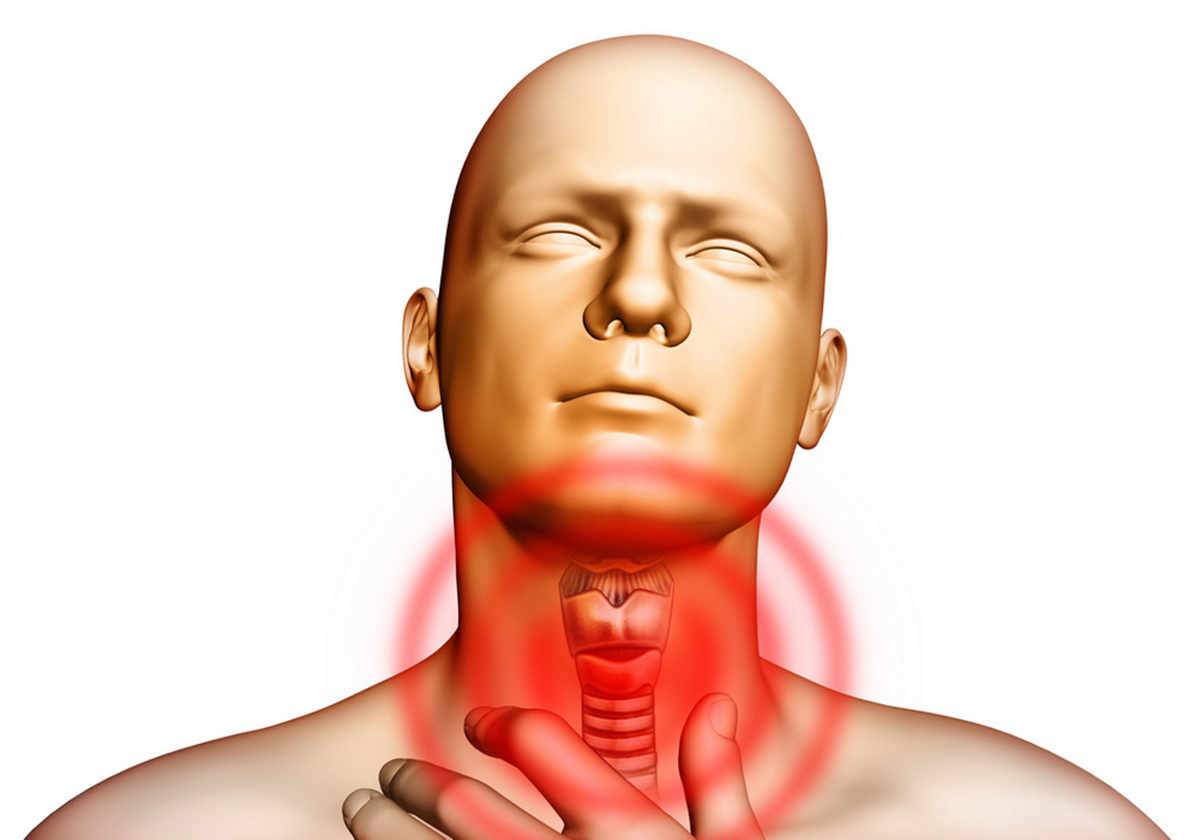Table of Contents
Messing with thyroid hormones can cause several side effects and promote the development of diseases related to thyroid hormonal imbalance.

Hypothyroidism: cells as slow as a turtle
Hypothyroidism is characterized by a decrease in the levels of thyroid hormones.
Primary hypothyroidism is caused by a problem in the thyroid, which is usually a result of an autoimmune disorder. In this case, the immune system of the patient attacks the thyroid by not recognizing it as part of the patient´s body and destroys it, basically. Because the thyroid is damaged, it cannot produce thyroid hormones anymore. Primary hypothyroidism is related to specific diseases and syndromes, being the most known one Hashimoto thyroiditis.
The disease can also be caused by surgical treatments or complete removal of the thyroid gland, for example, in the case of thyroid cancer. Finally, since iodine is a major component of thyroid hormones, people with iodine deficiency can also present congenital hypothyroidism.
The symptomatology that accompanies hypothyroidism tends to be subtle and is mainly related to metabolic imbalances.
A patient with hypothyroidism can be recognized by changes in his or her facial features, such as facial puffiness and preorbital swelling, sparse and dry skin and hair and difficulties to articulate words or slow speech.
There are available in the market several preparations of synthetic thyroid hormones which contain T3 or T4, or a combination of both.
Hyperthyroidism: Hyperactive thyroid
Hyperthyroidism occurs when thyroid hormones levels are increased above the normal.
Hyperthyroidism is usually related to thyroiditis, which is basically an inflammation of the thyroid gland, but it is also caused by Graves disease and multinodular goiter.
Because thyroid hormones are present in very high amounts, the symptomatology of the disease relates to an accelerated metabolism.
Infiltrative dermopathy is also a common feature of hyperthyroidism patients. This problem can be detected as an induration of the skin, which shows a waxy texture, similar to the peel of an orange.
Hyperthyroidism is usually treated with anti-thyroid medications, such as methimazole and propylthiouracil, but sometimes it is necessary to ablate the thyroid by using radioactive iodine or surgery.
- Photos by shutterstock.com
- www.merckmanuals.com/professional/endocrine_and_metabolic_disorders/thyroid_disorders/hypothyroidism.html
- www.clevelandclinicmeded.com/medicalpubs/diseasemanagement/endocrinology/hypothyroidism-and-hyperthyroidism/
- umm.edu/programs/diabetes/health/endocrinology-health-guide/thyroid-gland
- arbl.cvmbs.colostate.edu/hbooks/pathphys/endocrine/thyroid/synthesis.html
- arbl.cvmbs.colostate.edu/hbooks/pathphys/endocrine/thyroid/physio.html


Your thoughts on this